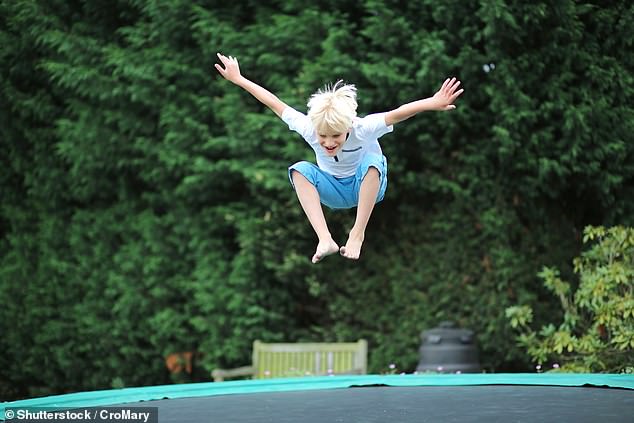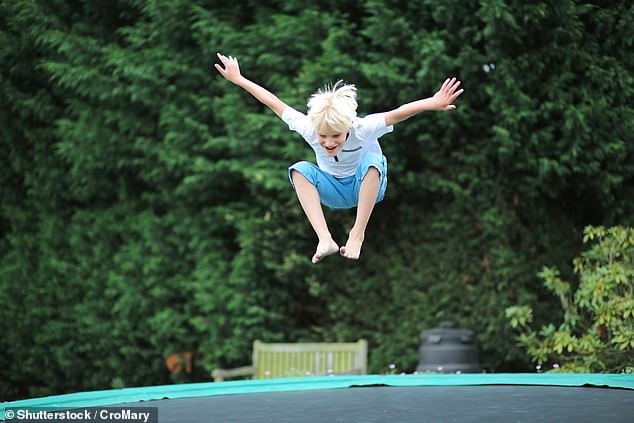Two in five children want to exercise more, research shows – but many spend six hours a day in front of their devices




Research shows that two out of five children want to exercise more, but many of them spend six hours a day behind their computer.
More than a third of young people aged seven to fourteen (35 percent) say they exercise for only half an hour or less outside school hours.
Meanwhile, one in ten (12 percent) are only active for a few minutes, despite the fact that the UK Chief Medical Officers’ guidelines recommend a minimum of an hour.
More than half (53 percent) use screens outside of school for more than three hours a day, and almost a quarter (24 percent) spend six hours staring at gadgets.
This is despite the fact that only 26 percent of children say they would rather sit in front of a screen than do sports, according to a survey of 1,000 children between the ages of seven and fourteen, conducted by fitness industry association ukactive.

Two in five children want to exercise more, but many spend six hours a day glued to their devices, a study shows

More than half (53 percent) use screens for more than three hours a day when not in school, while almost a quarter (24 percent) spend six hours staring at gadgets.
In addition, 40 percent say they want to be more physically active than they are now.
Research shows that physically active children have more self-confidence, less anxiety, better social skills and perform better at school.
Exercise can also reduce the risk of obesity, cancer, heart disease and type 2 diabetes.
Research by ukactive shows that young people enjoy exercise more if they do it with friends (63 percent), if they wear their own clothes (49 percent) and if the coach or teacher is friendly and helpful (46 percent).
They also like it when the activity is not too serious (43 percent) and when it takes place in a place they are familiar with (42 percent).
The study found that as children get older, they spend more time in front of a screen, but not more time on physical activity.
The findings come after ukactive published a new strategy aimed at getting an extra million children active by 2030.
The aim is to better understand the needs and demands of children so that recreation centres can encourage greater participation in physical activities and ensure that children are welcomed safely.
A spokesperson for ukactive said: ‘Children and young people tell us they want to be more active and value fun and varied activities in a familiar, stimulating environment.
‘With the amount of time children spend sitting in front of screens and mental health issues on the rise, the government needs to implement new policies to create a generation of happy, healthy children, focusing on the vital role our country’s gyms, swimming pools and leisure centres play in improving the health and wellbeing of our youngest members of society.

The findings come as ukactive publishes a new strategy aimed at getting a million more children active by 2030
‘We encourage this new government to recognise and support the growing demand from children and young people for fitness, dance, swimming and gymnastics activities, alongside traditional sports. We also want to support the sector to reach even more young people with the physical, mental and social benefits that being active offers.’
Minister for Sport Stephanie Peacock said: ‘Grassroots sport has the potential to transform lives, which is why we are building and improving thousands of multi-sport facilities so you can be active wherever you are.
‘We have also launched a review of the school curriculum to ensure that sport is no longer the preserve of a privileged minority.’




